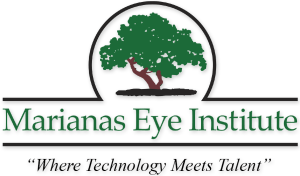This week the American Society of Retina Specialists (ASRS) is meeting in Stockholm, Sweden, and we are following the news closely. One of the most important pieces of research presented on behalf of the DRCR (The Diabetic Retinopathy Clinical Research Network, of which Marianas Eye Institute was a member for some years), is related to treatment of diabetic eye disease in older adults. As many of you know, diabetes affects the inner layers of the eye, the retina, often causing swelling, which results in poor vision. We can use lasers and injections to decrease the swelling. The research presented by DRCR showed that vision can improve in all age groups with treatment, but as people get older, the visual improvement is less. While there is nothing we can do about growing older, this research helps us better understand what kind of vision improvement to expect with treatment of diabetic eye disease with injections as we grow older. DRCR continues to produce important research which guides us in staying on the leading edge of treatment and knowledge for you.




